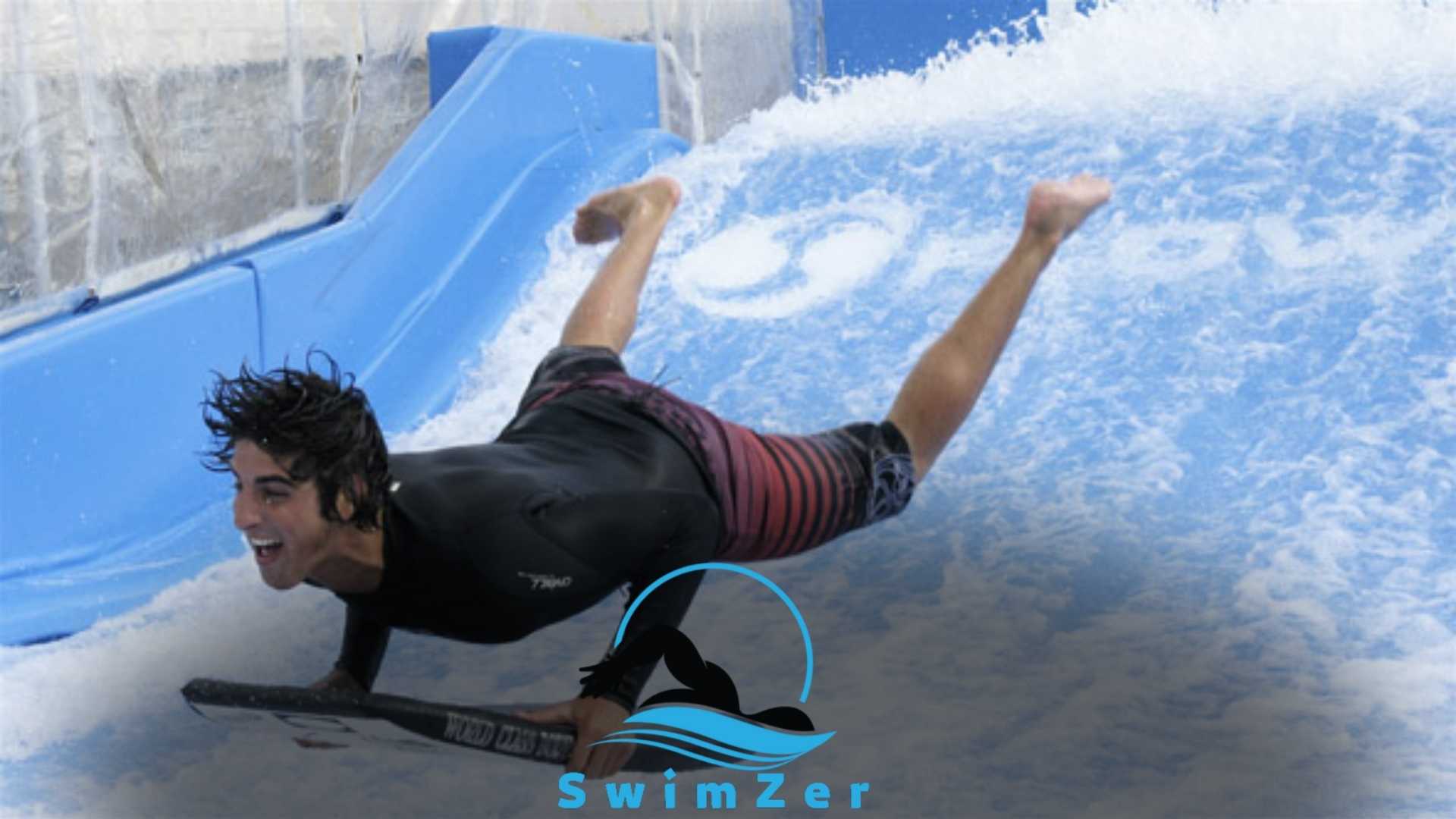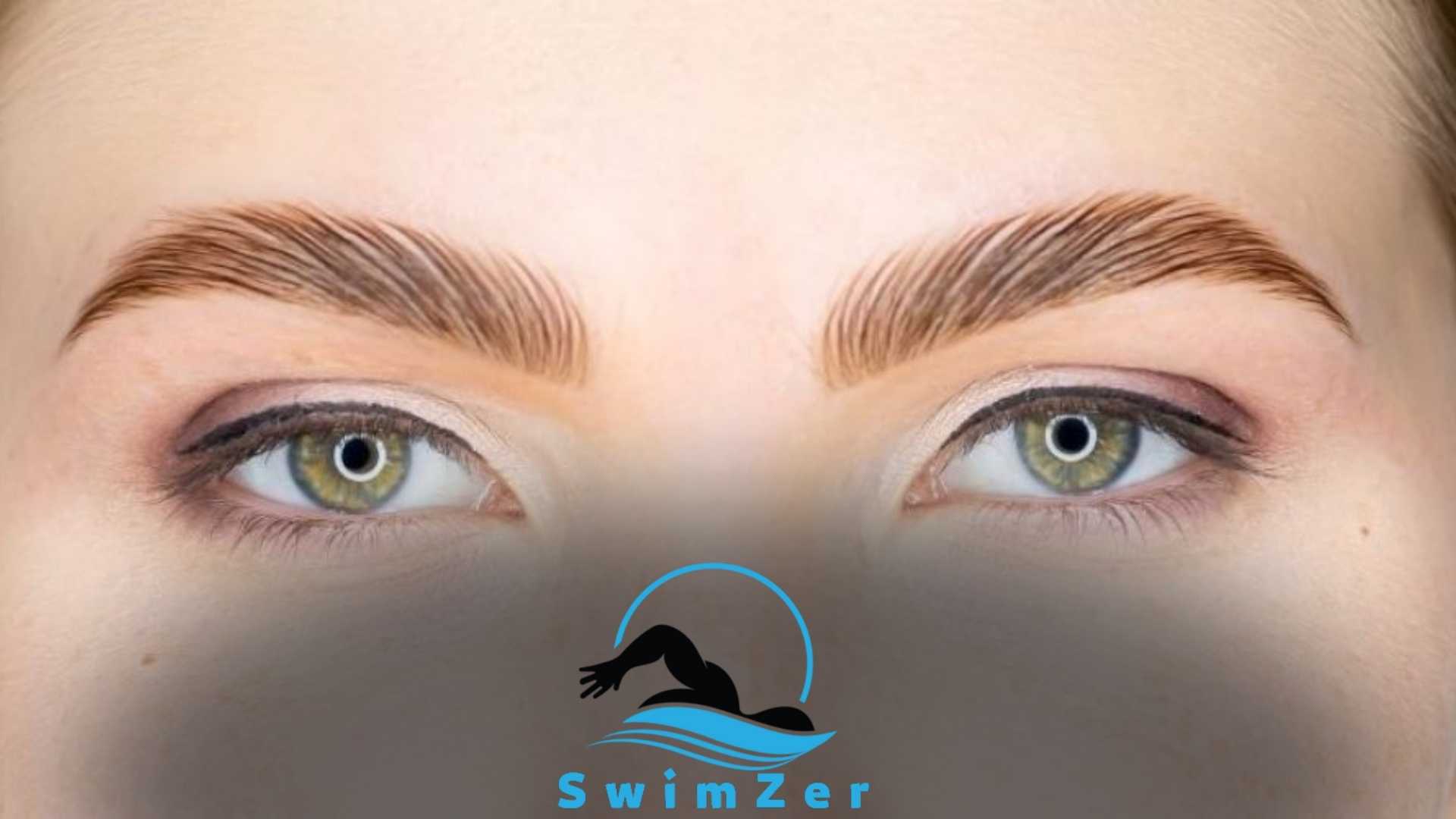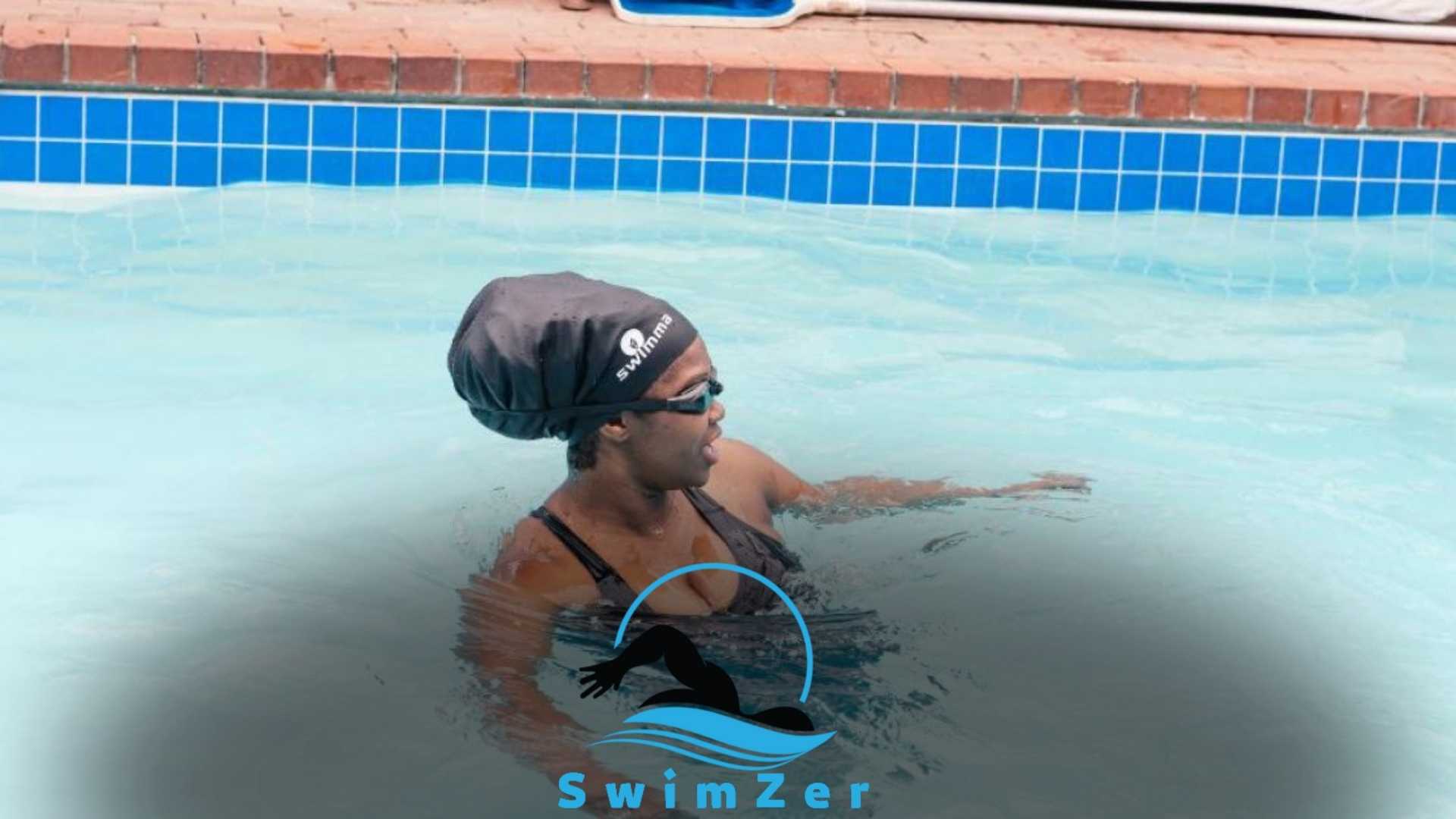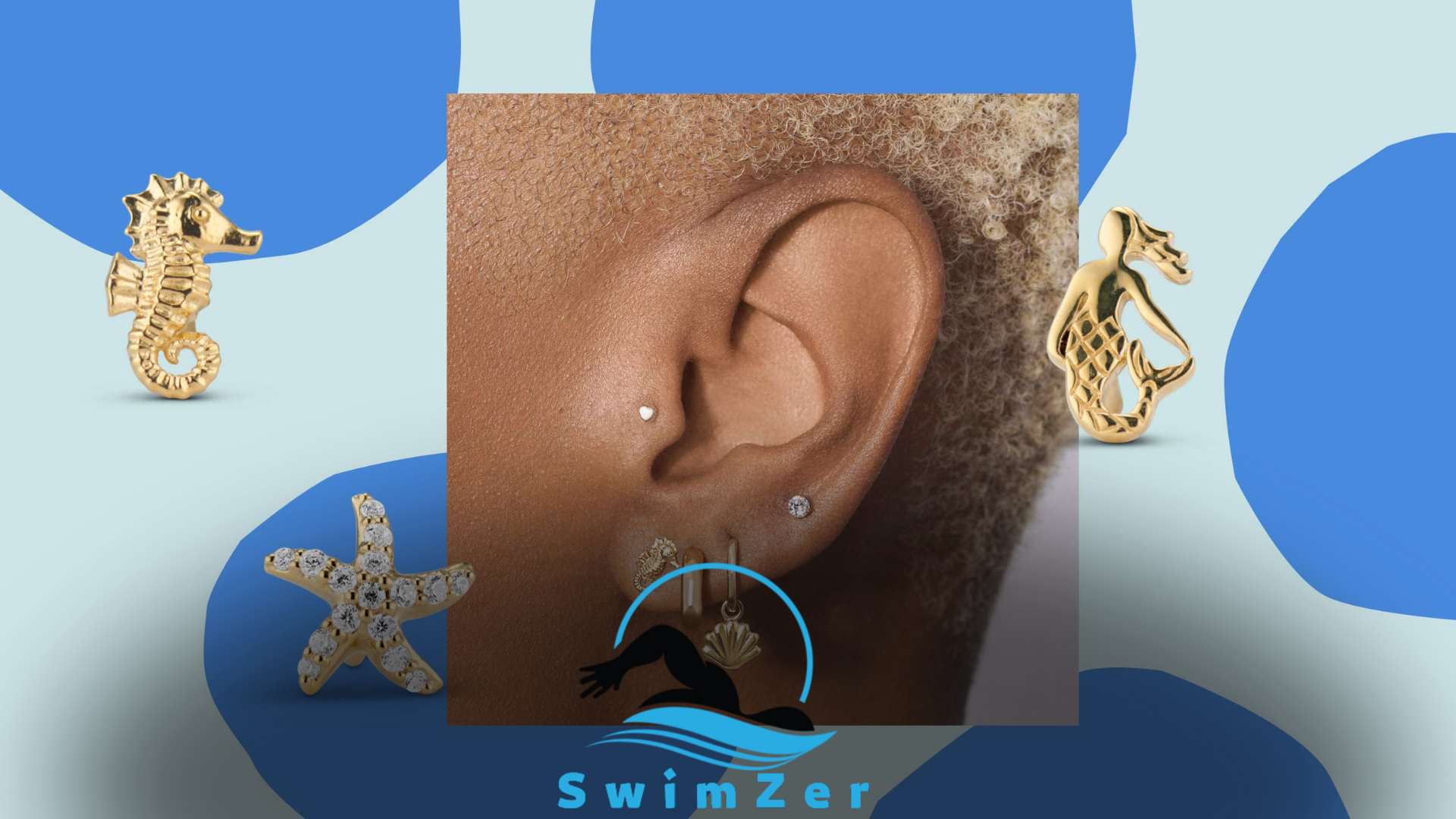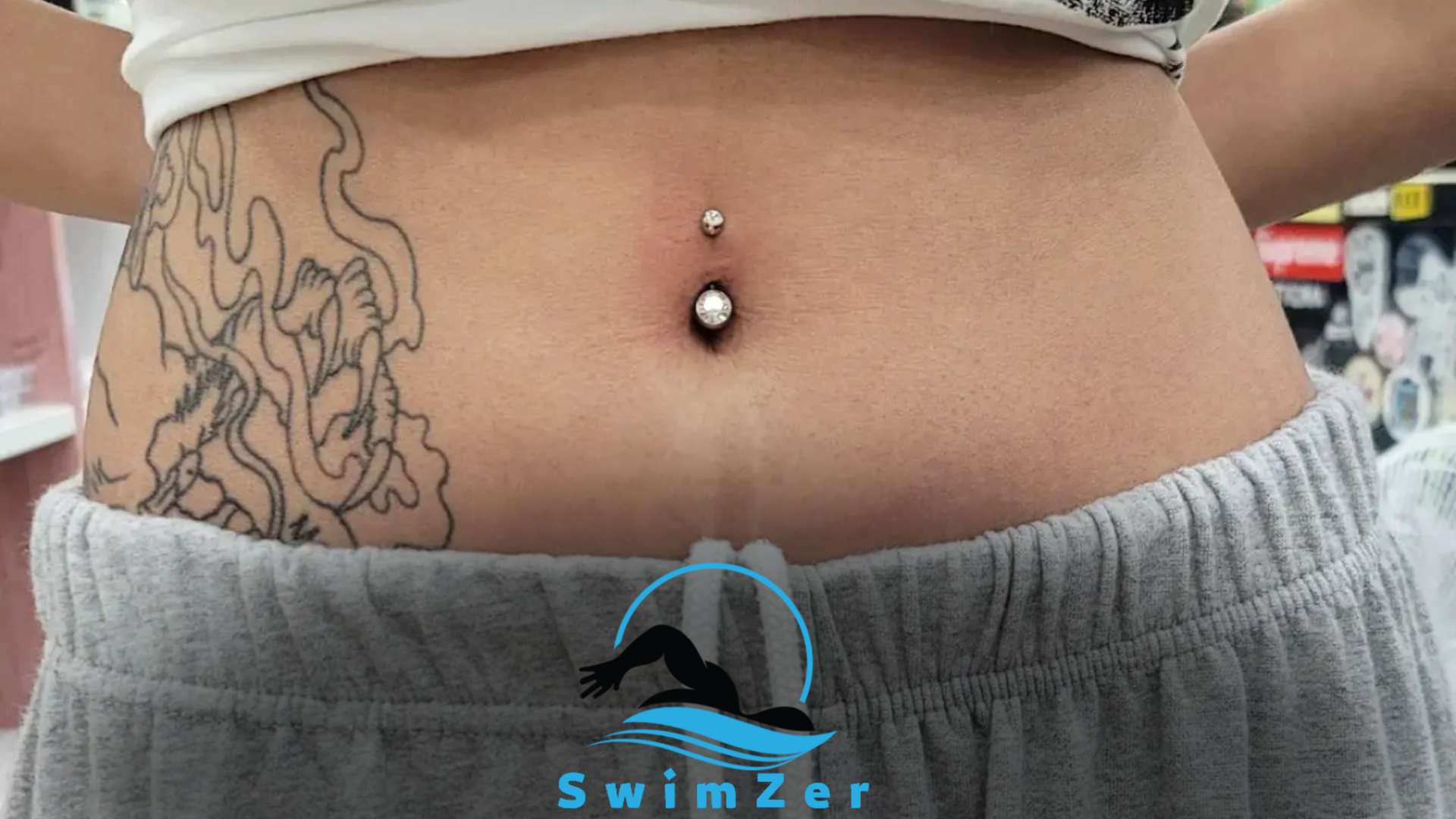Swimming with a catheter is not recommended. Swimming with a catheter is a question that many people may have if they are concerned about whether or not they can take a dip in the water while wearing a catheter.
While there may be situations where it is possible to swim with a catheter, it is generally not recommended.
Catheters are used for various reasons, such as incontinence or after certain types of surgery, and swimming with one can increase the risk of infection or other complications.
The water may also affect the catheter’s ability to stay in place, causing discomfort or dislodging.
If you are considering swimming with a catheter, it is best to consult with your healthcare provider to determine if it is safe for your specific situation.
Understanding Catheters
Catheters are thin tubes inserted into the bladder to drain urine. Different types of catheters can be used depending on an individual’s needs. Catheters are used when a person is unable to void urine naturally.
Using catheters is necessary as it helps prevent urinary tract infections and bladder distention. However, using catheters can also pose risks and complications such as infection, blockage, and injury.
It is important to consult a medical professional for proper catheter insertion, care, and removal.
Swimming with a catheter is possible but must be done cautiously to prevent infection and other complications. Overall, understanding catheters is crucial for anyone who may require their use.
Managing medical devices while swimming can be a concern for many. If you’re curious about other types of catheters, learn about the guidelines for swimming with a Foley catheter and how to stay safe.
Swimming With a Catheter: Is It Safe?
Swimming with a catheter can be risky if not done safely. Potential risks include infection and discomfort. Health professionals recommend cleaning the catheter and wearing a waterproof covering.
It is also recommended to avoid swimming in contaminated water or for extended periods.
Always consult with your healthcare team before swimming with a catheter. Following these precautions, you can continue swimming safely with a catheter.
Remember to always prioritize your health and well-being above all else.
Preparing to Swim With a Catheter
Swimming with a catheter can be tricky, but it’s doable. Here are some tips to get in and out of the water safely without compromising your catheter.
First, ensure your catheter is securely covered before you enter the water.
You can use waterproof tape to do this. Next, wearing a tight swimsuit is best to hold your catheter in place. When you’re ready to get out of the water, try to avoid pulling on your catheter as much as possible.
Instead, slowly slide yourself out of the water, supporting your catheter with your hand. You can safely enjoy a swim with a catheter by taking these precautions.
Medical devices and swimming can sometimes be a tricky combination. Understand the precautions and guidelines for swimming with a PICC line to ensure safety.
Swimming Techniques
Swimming is an excellent, low-impact exercise that can help maintain a healthy lifestyle, even with a catheter. However, there are some techniques to keep in mind.
Recommended swimming strokes for those with catheters include breaststroke and backstroke. These strokes reduce pressure on the catheter and keep it in place.
When swimming with a catheter, avoiding water pressure on the catheter area is essential. Keeping the catheter above water and using foam or waterproof tape can be helpful.
A few common mistakes to avoid include swimming too vigorously, not emptying your bladder beforehand, and not cleaning the catheter area after swimming.
With these precautions in mind, swimming can be a great exercise for those with catheters looking to maintain an active lifestyle.
For diabetics, managing their insulin pump while swimming is crucial. Discover the do’s and don’ts of swimming with an insulin pump and how to enjoy the water without worries.
Frequently Asked Questions
Can You Swim With a Catheter?
Yes, you can swim with a catheter, but you must take precautions. Secure the catheter properly and cover it with waterproof tape to avoid infection.
Can Swimming Loosen the Catheter?
Swimming may not loosen the catheter, but strong water currents, waves, and excessive movements may increase the risk of dislodging or infection.
Can You Use a Hot Tub With a Catheter?
It is better to avoid using a hot tub with a catheter. The warm and moist atmosphere inside a hot tub may raise the risk of infection or damage to the catheter.
How Do You Protect the Catheter While Swimming?
Protect your catheter by wearing water-resistant swimwear or covering it with waterproof tape. Make sure to empty the drainage bag before jumping into the water.
Should You Inform Others That You Are Swimming With a Catheter?
It is always better to inform others if you are swimming with a catheter, especially when you are swimming with a group or in public areas. In case of an emergency, it helps them act promptly.
Conclusion
Ultimately, the decision to swim with a catheter is a personal one that should not be taken lightly. While it is possible with adequate precautions, it is important to consult your healthcare provider before attempting any water activities.
Additionally, taking extra steps such as securing the catheter, wearing a waterproof cover, and practicing good hygiene can minimize the risk of infection or other complications.
It is also important to know the signs of potential issues and respond appropriately.
With proper preparation and awareness, swimming with a catheter can be a safe and enjoyable activity for those who choose to do so. Always prioritize your health and consult your healthcare provider for individualized guidance.










